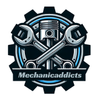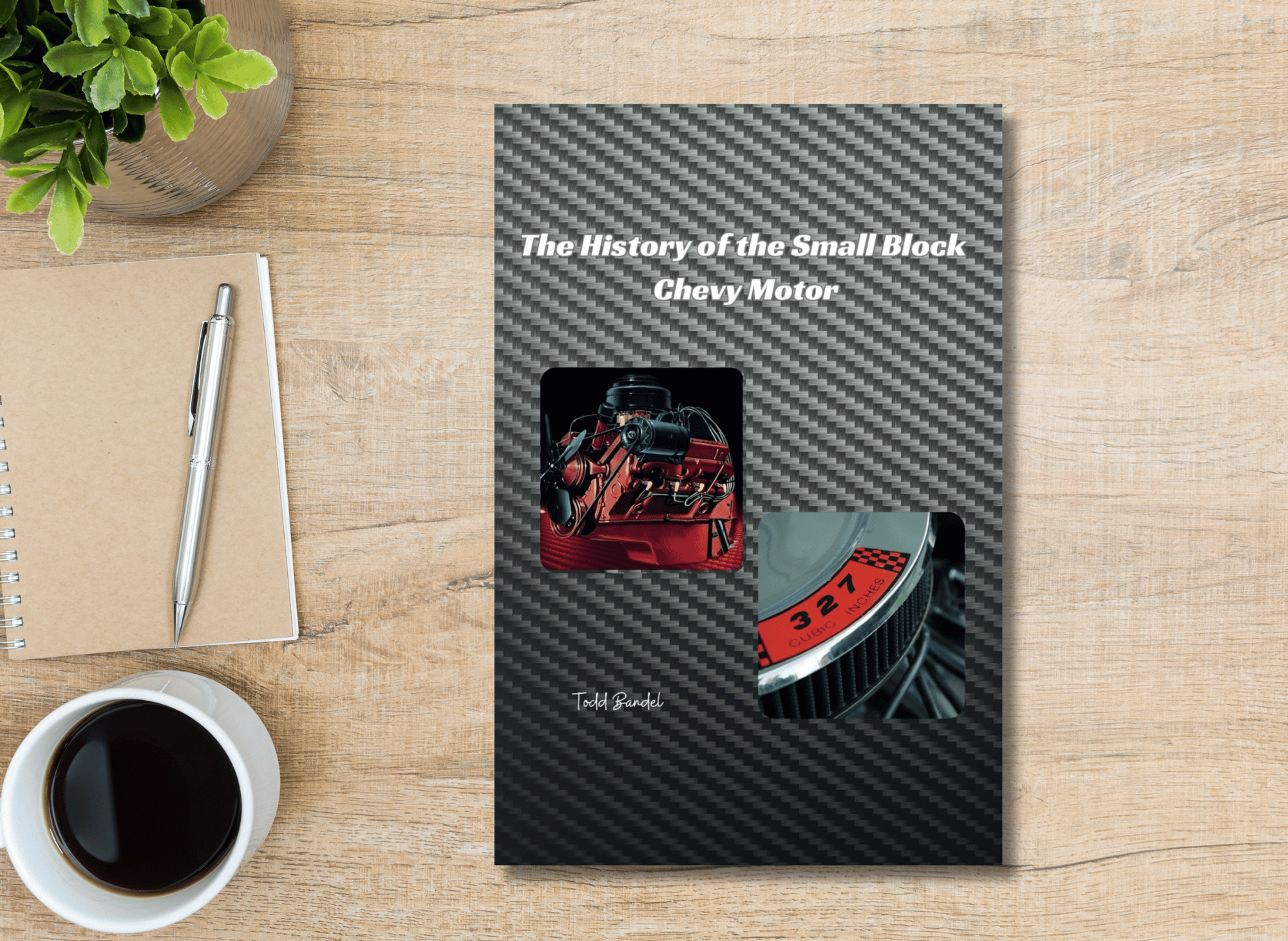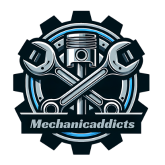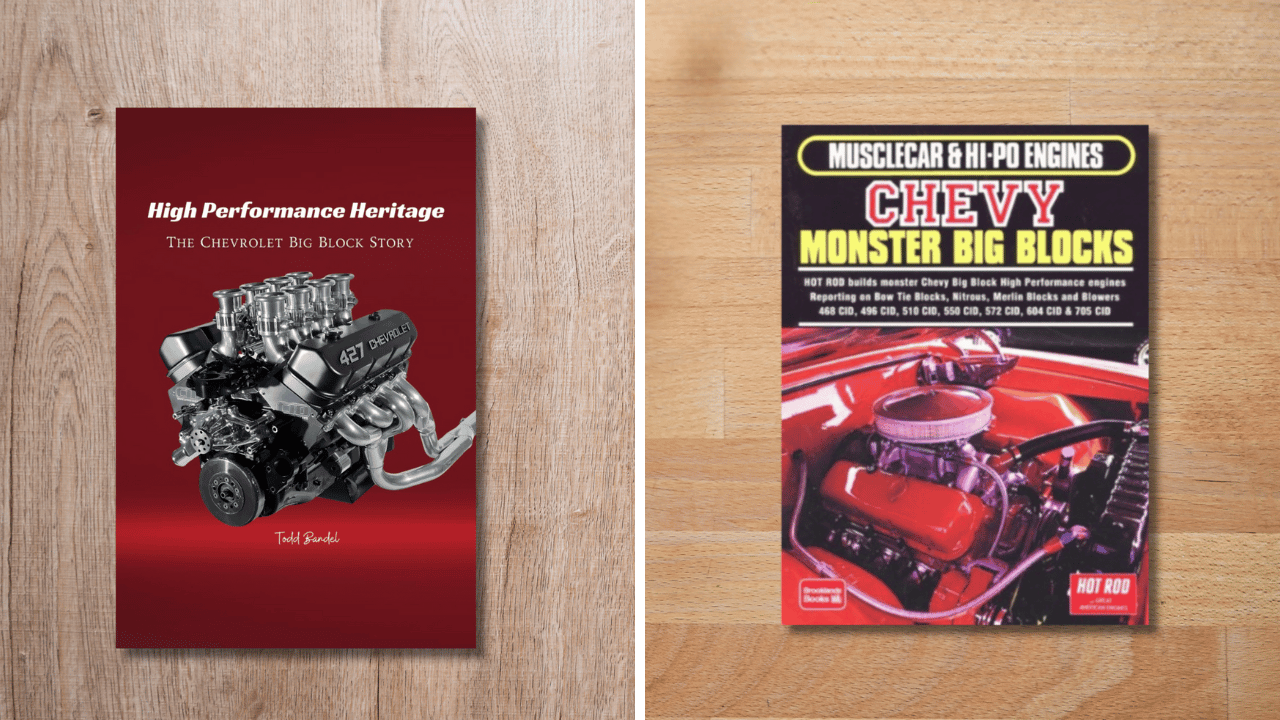Roaring to Life: The Small Block Chevy Motor's Journey
Discover the captivating story behind one of the most influential engines in automotive history.
Welcome to Mechanicaddicts. As an Amazon Associate, we earn from qualifying purchases (at no cost to you) from links found within these pages if you choose to buy something.
Few engines have left as profound a mark in automotive innovation as the Small Block Chevy Motor. From its humble beginnings to its iconic status in American muscle cars, this engine has become a symbol of power, performance, and reliability. Its story captivates auto enthusiasts, mechanics, and history buffs—a tale of engineering brilliance, racing triumphs, and cultural impact.
The Genesis of Greatness
The Small Block Chevy Motor debuted in 1955, marking a pivotal point in automotive history. Conceived during rapid technological advancement and economic growth, the engine was a testament to General Motors’ ambition to create a powerful yet affordable V8. The team behind its development, led by engineer Ed Cole, aimed to produce an engine to revolutionize the industry.
Cole’s vision was clear—design an engine that combined performance with practicality. The result was a small, lightweight engine that delivered unprecedented horsepower. The engine block, housing the cylinders and other essential parts played a crucial role in the design and performance of the Small Block Chevy Motor. The Small Block’s design allowed easy modification, making it a favorite among car enthusiasts and racers. Its versatility laid the foundation for its enduring legacy.
The First V-8 Engine
The journey of Chevrolet’s V-8 engines began long before the Small Block’s debut. In 1917, Chevrolet introduced the 288-cubic-inch Series D, their first V-8 engine. This pioneering engine featured an overhead-valve configuration and a 4.75:1 compression ratio, producing 55 horsepower at 2,700 rpm. Although it powered approximately 3,000 cars between 1917 and 1919, the Series D was less popular than its successors. However, it laid the essential groundwork for future V-8 designs, setting the stage for the revolutionary engines that would follow.
Revolutionizing Performance with Chevrolet Small Block
Introducing the Small Block Chevy Motor changed the landscape of automotive engineering. Its compact size and impressive power output set new standards for performance. The engine quickly found its way into various Chevrolet models, ranging from sedans to sports cars, showcasing its adaptability.
One key feature of the Small Block was its overhead valve design, which improved efficiency and allowed for higher RPMs. This innovation enhanced performance and set the stage for future engine developments. The design of the cylinder heads played a crucial role in improving performance by optimizing airflow and combustion efficiency.
Additionally, aluminum heads contributed to better airflow and power output, enhancing the engine's capabilities. The Small Block’s influence extended beyond Chevrolet, inspiring other manufacturers to explore similar designs.
Racing into History
Racing played a significant role in solidifying the Small Block Chevy’s reputation. Its powerful performance and reliability made it a natural choice for competitive driving. Throughout the 1960s and 70s, the engine became a dominant force in NASCAR, establishing itself as a staple in the racing community.
Legendary drivers such as Richard Petty and Dale Earnhardt harnessed the Small Block’s power to clinch countless victories. The engine’s success on the track translated into consumer demand, cementing its status as an iconic symbol of American muscle. The introduction of the four-barrel carburetor option in 1974 enhanced the engine's performance, making it even more formidable in racing contexts. The thrill of speed and competition became synonymous with the Small Block.
The Legendary 350 V-8
Among the small block engines in the Chevrolet pantheon, the 350 V-8 stands out as a true legend. Introduced in 1967, this engine quickly became a cornerstone of Chevrolet’s engine line, celebrated for its perfect balance of power and efficiency. With a 4.00-inch bore and a 3.48-inch stroke, the 350 V-8 initially produced 250 horsepower and 320 lb-ft of torque. Over the years, it saw numerous enhancements, including adopting hydraulic roller camshafts and aluminum intake manifolds. Today, the 350 V-8 remains a favorite among engine builders and enthusiasts, with various crate engine options available to suit any project.
The Cultural Impact
Beyond the racetracks and assembly lines, the Small Block Chevy Motor left an indelible mark on popular culture. It symbolized the American dream—a testament to innovation, determination, and the pursuit of excellence. Songs celebrated its power, movies featured its roar, and car enthusiasts rallied around its legacy.
The engine's cultural significance extended beyond the United States, influencing car culture worldwide. Its presence in classic films like "American Graffiti" and "Bullitt" elevated its status from mere machinery to a cultural icon. The Small Block became synonymous with rebellion, freedom, and the open road.
Engineering Marvels: The Crate Engine
At the heart of the Small Block Chevy’s success lies its engineering brilliance. The engine’s compact design allowed for various configurations, enabling it to fit into various vehicles. Its simplicity made it accessible to mechanics and builders, sparking a movement of customization and restoration.
The engine’s durability and longevity further contributed to its legendary status. Many Small Blocks from the 1950s continue to power vehicles today, a testament to their enduring quality. The combination of innovation, reliability, and adaptability solidified the Small Block as an engineering marvel.
The intake manifold enhanced airflow and efficiency, particularly in high-performance models like the LT-1 and LS6. Additionally, using an aluminum intake manifold in iconic engine models significantly boosted horsepower and overall performance.
The Evolution of Design
Over the years, the Small Block Chevy Motor underwent numerous evolutions to meet changing demands and technological advancements. Each iteration brought enhancements in power, efficiency, and emissions control. From carbureted systems to fuel injection, the engine evolved with the times, maintaining its relevance.
The Small Block’s adaptability to different fuels, including ethanol blends, showcased its versatility in an era of environmental awareness. Engineers continued to refine its design, ensuring it met modern standards without compromising performance. The innovative reverse flow cooling system in the Generation II LT small-block engine, introduced in the 1992 Corvette, allowed coolant to circulate through the cylinder heads before reaching the engine block.
This kept the heads and combustion chamber consistently cooler, contributing to increased power output through higher compression and more spark advance. The engine’s ability to evolve while staying true to its roots is a testament to its timeless appeal.
Significant advancements have been made in passenger cars, mainly in engine efficiency and performance. At the heart of this innovation is the robust iron block, known for its durability and ability to withstand extreme conditions.
Complementing this is the forged crankshaft, a critical component that ensures the smooth conversion of linear energy into rotational motion, enhancing the vehicle's performance. Integral to this system is the ignition system, which has evolved over the years to provide precise timing and improved fuel efficiency. These advancements collectively contribute to modern passenger cars' reliable and high-performance journey.
Lessons in Innovation: Hydraulic Roller Camshaft
The story of the Small Block Chevy Motor offers valuable lessons in innovation and perseverance. Its success was not merely a result of one groundbreaking idea but a culmination of continuous improvement and adaptation. Engineers and designers embraced challenges, pushing boundaries to achieve greatness.
The Small Block's legacy reminds us that innovation is a journey, not a destination. It highlights the importance of collaboration, creativity, and a willingness to take risks. The engine's development process reflects the spirit of exploration and the drive to create something extraordinary.
The Spirit of Competition
Competition has always been a driving force behind automotive advancements, and the Small Block Chevy Motor exemplifies this spirit. Pursuing victory on the racetrack fueled design, materials, and performance innovation. Rivalries pushed engineers to think beyond conventional limits.
The engine's success in competitive settings inspired generations of racers and enthusiasts to push their boundaries. The thrill of competition and the desire to achieve excellence remain integral to the Small Block's legacy. Its association with racing continues to inspire a sense of camaraderie among car lovers.
A Lasting Legacy
As the years pass, the Small Block Chevy Motor’s legacy endures. Its influence can be seen in modern engines that draw inspiration from its design principles. The lessons learned from its development continue to shape the future of automotive engineering. Chevy small block engines, particularly the 383" short block configuration, have left an enduring legacy and continue influencing modern engine designs.
Enthusiasts and historians celebrate the Small Block as a symbol of ingenuity, resilience, and the pursuit of greatness. Its story is one of triumph over adversity, a narrative that resonates with those who appreciate the intersection of innovation and tradition.
The Future of Automotive Innovation at General Motors
While the Small Block Chevy Motor has left an indelible mark on history, its legacy extends into the future. The lessons learned from its development continue to shape the direction of automotive innovation. Engineers and designers draw inspiration from its simplicity, adaptability, and the fact that it is the only engine with unwavering performance.
In an era of electric vehicles and cutting-edge technologies, the spirit of the Small Block lives on. Its legacy reminds us that innovation should never lose sight of the values that have driven the automotive industry for decades—excellence, creativity, and a commitment to pushing boundaries.
Crate Engine Options
Chevrolet offers an impressive array of crate engine options for those looking to breathe new life into their vehicles or embark on custom builds. These engines provide a convenient and cost-effective way to achieve high performance.
Among the popular choices are the 350 V-8, 383 V-8, and 454 Big Block V-8, each meticulously assembled and tested to ensure peak performance and reliability.
Many of these crate engines come equipped with advanced technologies such as hydraulic roller camshafts, aluminum intake manifolds, and four-barrel carburetor options. Whether upgrading a daily driver or crafting a high-performance project car, Chevrolet’s crate engine options offer the perfect solution for any automotive enthusiast.
Conclusion
The Small Block Chevy Motor's story involves innovation, perseverance, and cultural impact. From its inception to its reign as a symbol of American muscle, this engine has left a lasting legacy that inspires auto enthusiasts, mechanics, and history buffs alike. Its engineering brilliance, racing triumphs, and cultural significance make it a true automobile icon.
Whether you're a seasoned mechanic or a history enthusiast, Small Block Chevy Motor's story offers valuable insights into the power of innovation and the enduring influence of automotive design. Its legacy reminds us that outstanding achievements are born from passion, creativity, and a relentless pursuit of excellence.
Thank you for reading. I enjoyed writing the above book!
Todd
#ChevySmallBlock #V8Power #EnginePerformance #ClassicCars #AmericanMuscle #CarEnthusiast #ChevyLovers #EngineBuild #Horsepower #Chevrolet




